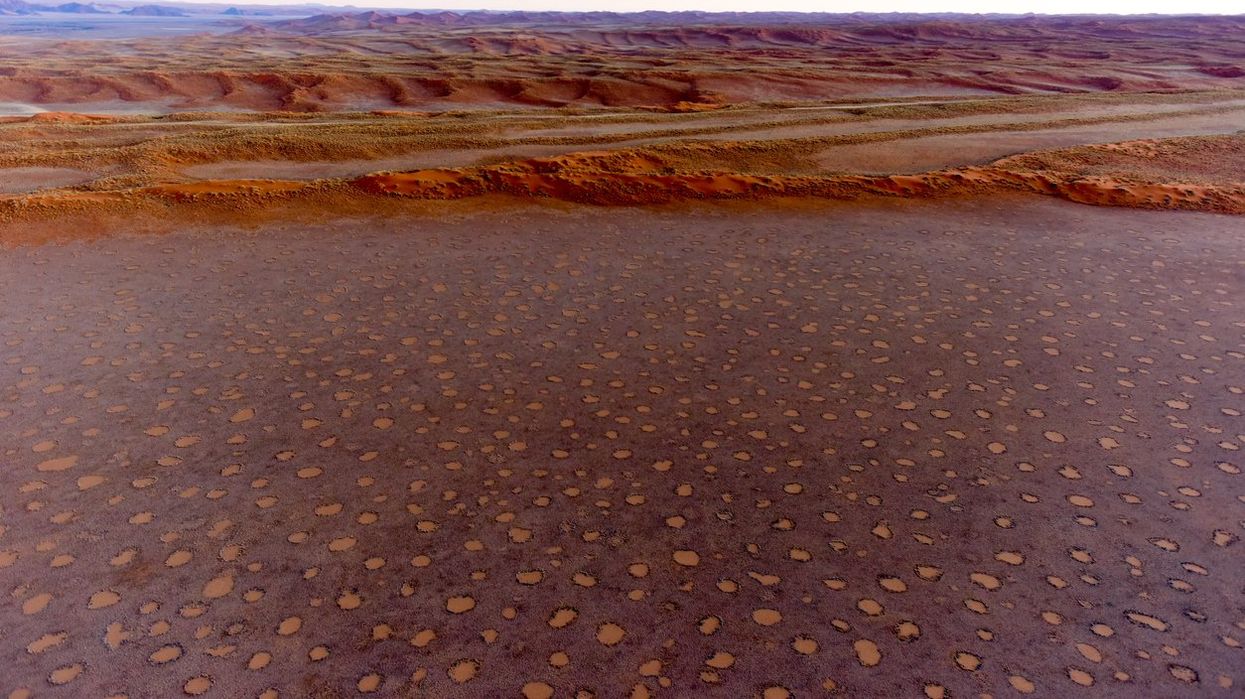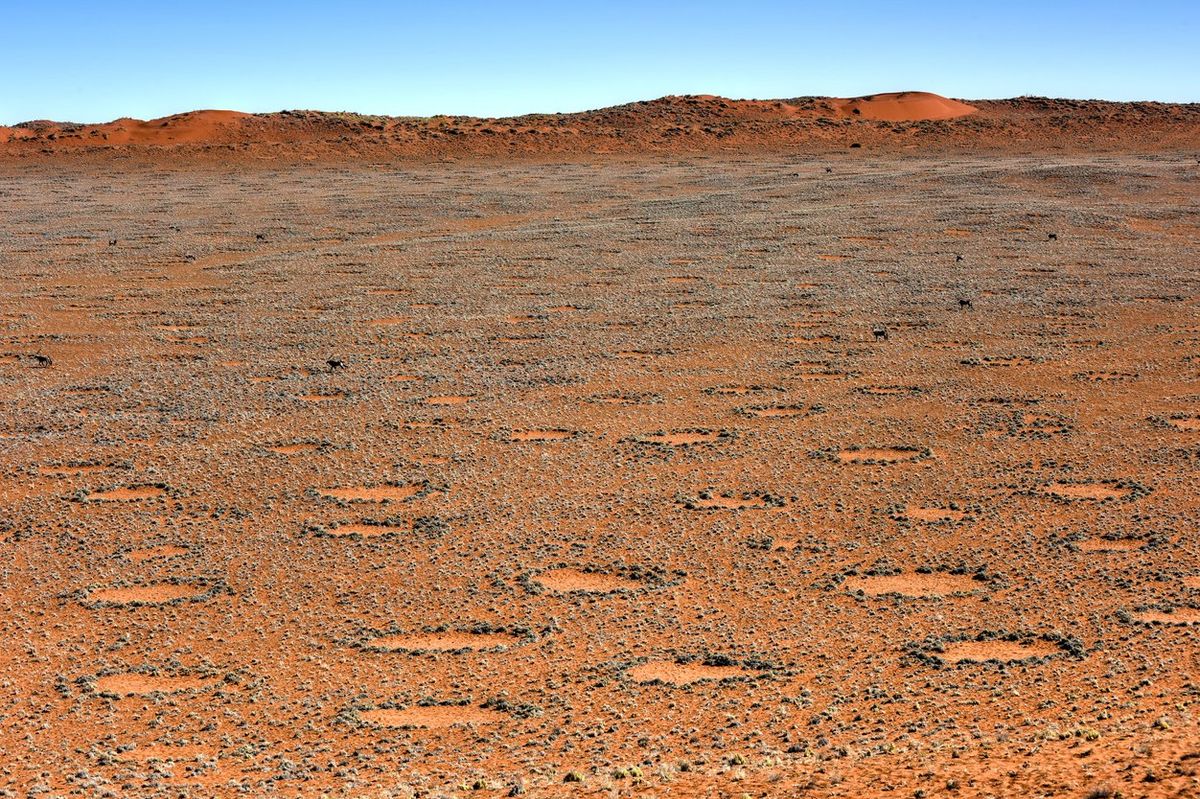Science & Tech
Ellie Abraham
Sep 29, 2023

So-called 'fairy-circles' pictured in the Namib Desert
iStock
A natural phenomenon consisting of polka-dot-style formations has been cropping up around the world, and scientists are baffled as to why.
The circular-shaped patches of ground have been seen in deserts in Australia and Namibia but now experts believe they are more widespread than originally thought.
Known as “fairy circles”, there are now 263 known sites across the globe where they can be found, according to new research published in the journal Proceedings of the National Academy of Sciences (PNAS).
They have been documented in 15 countries, across three continents, including the Sahel region of Africa, Madagascar, and in Middle-West Asia.
And yet, despite the spread of these anomalies, scientists are still none the wiser about how they actually form.

A team led by environmental scientist Emilio Guirado, of the University of Alicante in Spain, explained in their paper on the "intriguing" phenomenon: “We conducted a global and systematic assessment of fairy circle-like vegetation patterns and discovered hundreds of [fairy-circle]-like locations on three continents.
“Our study provides insights into the ecology and biogeography of these fascinating vegetation patterns and the first atlas of their global distribution.”
The mysterious circles appear in desert regions and can be as wide as 12 metres (39 feet) in diameter. They are almost always spaced out and rarely connect or overlap with one another.
Several theories have been put forward as to what causes them, including, tiny insects, termites, and plant toxins. But, none have been accompanied by any significant evidence and some have been debunked completely.
One significant factor limiting their study is they are often found in places that are difficult to access and are inhospitable. Locating the 263 different sites of “fairy circles” involved analysing high-resolution satellite imagery.
Guirado and his team wrote in their paper: “[The sites] include those already identified in Namibia and Western Australia, as well as areas never described before, including the Sahel, Western Sahara, Horn of Africa, Madagascar, Southwest Asia, or Central and Southwest Australia.
“By doing so, our study provides a global atlas of areas showing FC-like vegetation patterns and expands the known existence of this vegetation type to new countries and continents.”
The team hopes that locating new sites will enable them to find common traits that may point towards their cause.
Sign up to our free Indy100 weekly newsletter
Have your say in our news democracy. Click the upvote icon at the top of the page to help raise this article through the indy100 rankings.
Top 100
The Conversation (0)













